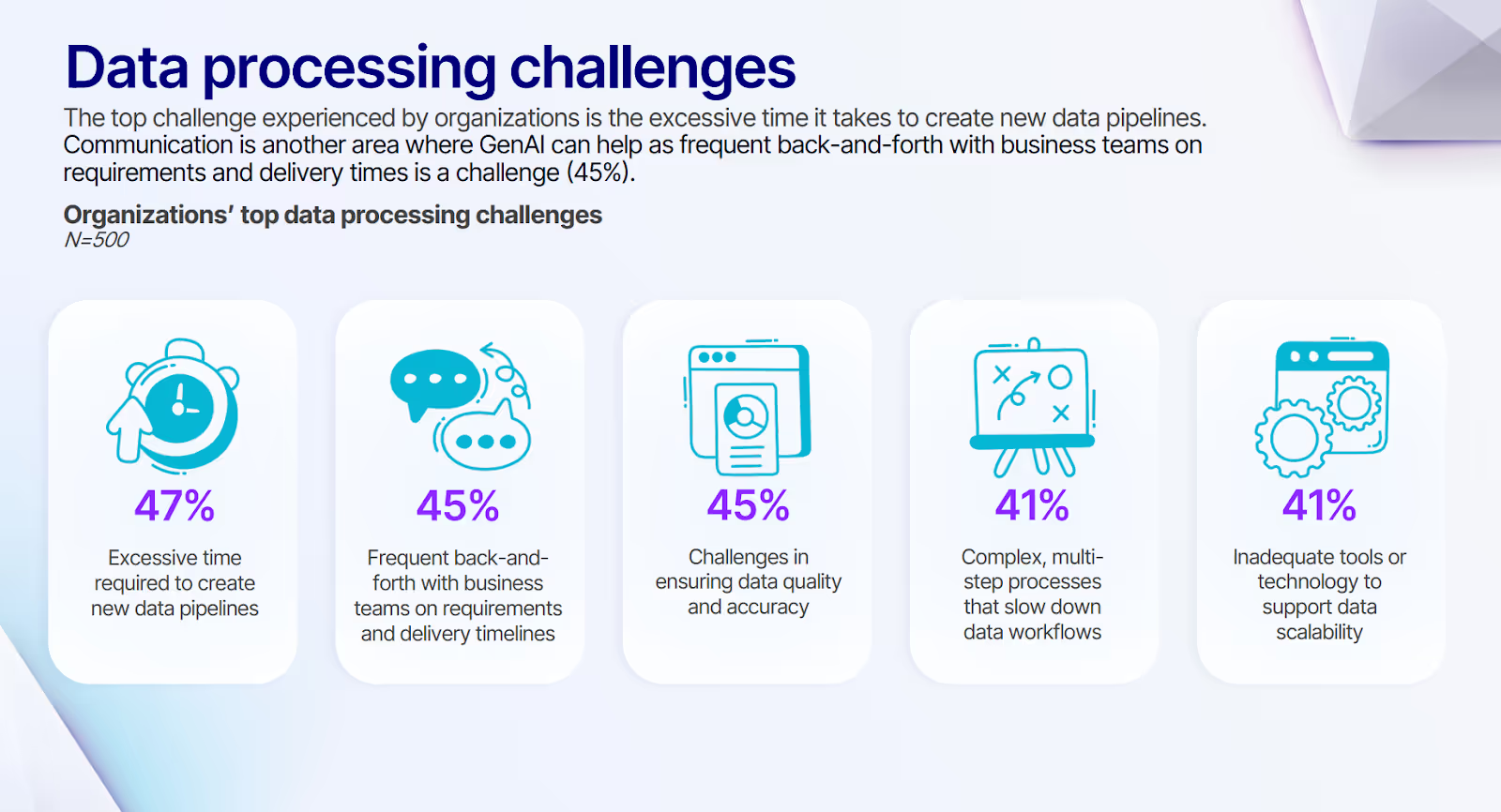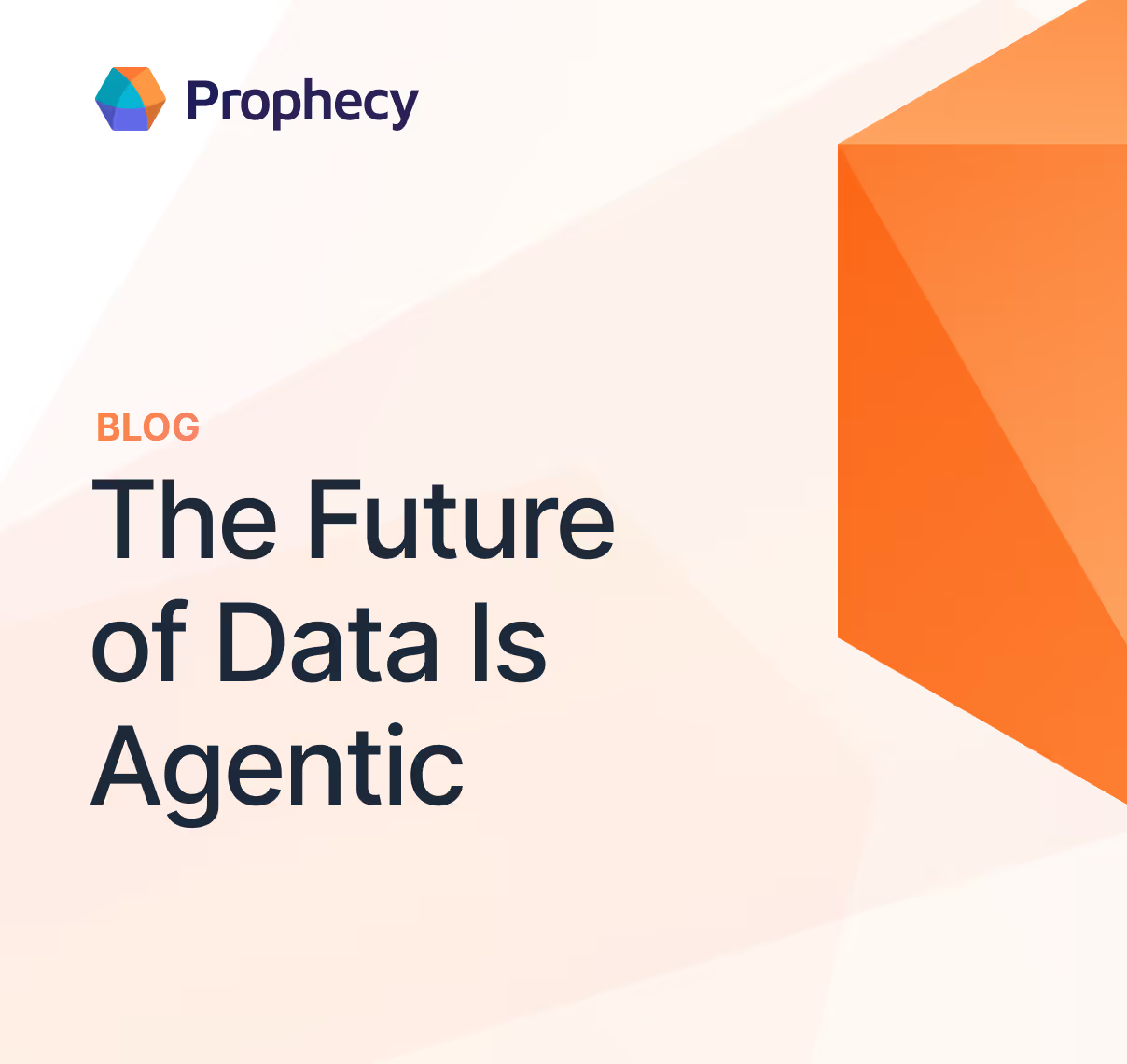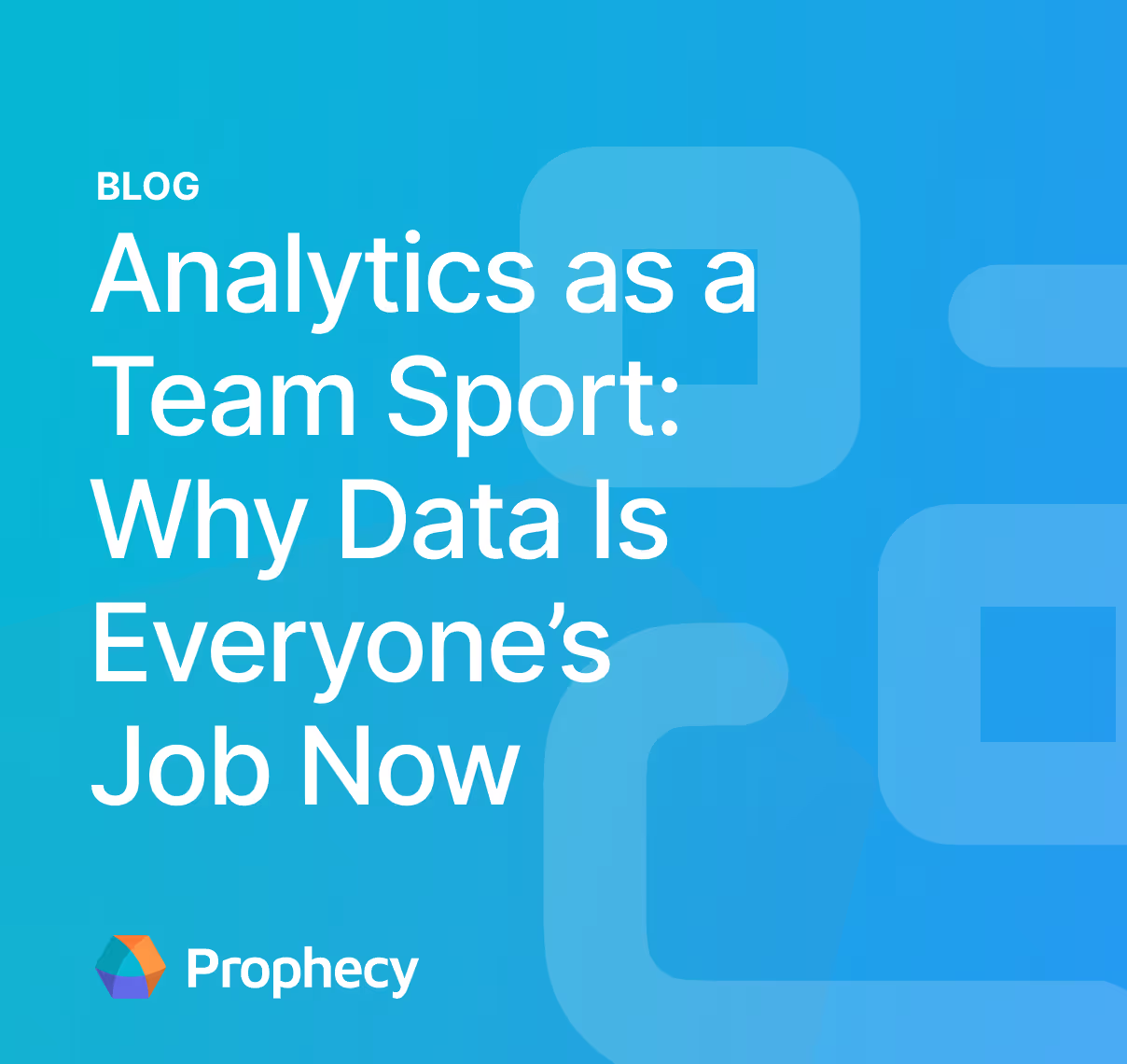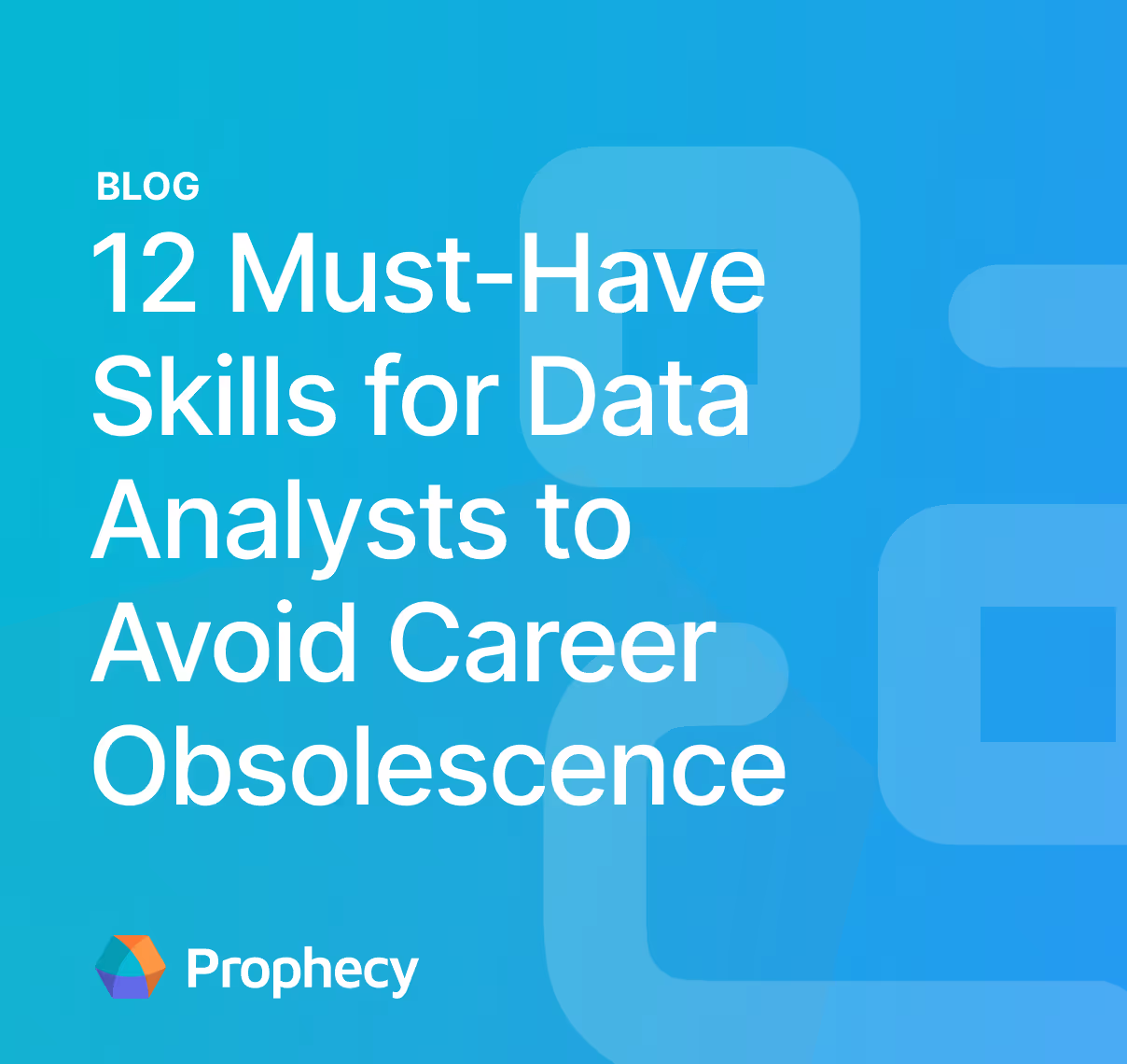How Platform Leaders Can Break the Data Ownership Deadlock That's Paralyzing Enterprises
Discover enterprise data ownership that works. Learn how platform leaders ensure scalable access control across distributed teams.
Platform leaders face an increasingly complex challenge: managing data ownership across distributed teams while maintaining enterprise-grade governance and compliance.
Traditional approaches that worked for smaller, centralized organizations crumble under the weight of modern enterprise complexity, creating accountability gaps, security vulnerabilities, and regulatory risks.
The stakes are real. When data ownership remains unclear, organizations struggle with prolonged decision-making cycles, duplicated efforts, and compliance failures that can result in significant financial and reputational damage. Teams spend valuable time in back-and-forth communications about data access rather than extracting business value.
Modern enterprises need governance frameworks that balance distributed ownership with centralized oversight. This requires rethinking traditional approaches to create systems where accountability is clear, access is controlled, and compliance is automated rather than manual.
In this article, we'll explore how platform leaders can design data ownership models that scale across enterprise environments while maintaining the control and visibility executives demand.
What is data ownership?
Data ownership is the assignment of decision-making authority and accountability for specific data assets to individuals or teams within an organization. It establishes who is responsible for defining access policies and making strategic decisions about how data is collected, processed, and shared—essentially treating data as a product.
Unlike technical data management, which focuses on systems and processes, data ownership addresses the human governance layer that determines how organizations make decisions about their information assets. It creates clear lines of accountability that span from operational data handling through strategic business decisions.
Effective data ownership encompasses both rights and responsibilities. Owners gain the authority to control access to their data assets and influence how those assets are used across the organization.
In return, they accept responsibility for maintaining data quality, ensuring compliance with relevant regulations, and supporting business stakeholders who depend on their data for critical decisions.
Data ownership vs. stewardship in data governance
While data ownership and data stewardship are often confused, they serve distinct roles in enterprise data governance:
- Decision-making authority: Data owners have the authority to make strategic decisions about data assets, including access policies and business usage. Data stewards implement these decisions through day-to-day operational activities, ensuring policies are followed and maintained consistently.
- Accountability scope: Data owners bear ultimate responsibility for business outcomes related to their data assets, including compliance failures and quality issues. Data stewards focus on tactical responsibilities like quality monitoring, access administration, and documentation maintenance.
- Strategic vs. tactical decisions: Data owners determine what data should be collected, how it should be classified, and who should have access. Data stewards execute these decisions by configuring systems, monitoring quality metrics, and coordinating with technical teams.
Data ownership models work best when they account for this natural division of labor. Business-focused owners provide strategic direction and accountability, while technically skilled stewards ensure consistent implementation across systems and processes. This partnership enables the scale and consistency that an enterprise data governance framework requires.
Hybrid data ownership models that settle the business vs IT debate
The question of whether data owners should come from business units or technical teams reflects a fundamental tension in enterprise data governance. Organizations often struggle with this decision because both approaches offer distinct advantages and face significant limitations.
This struggle manifests in practical coordination challenges that impact organizational efficiency. According to our survey, 45% of organizations report frequent back-and-forth with business teams on requirements and delivery timelines.

This coordination overhead often stems from unclear ownership models that force technical and business teams to negotiate decisions that should be clearly assigned to specific roles.
The most effective data ownership models avoid this false choice entirely by combining business accountability with technical expertise through hybrid approaches.
Rather than debating whether business or technical professionals should own data, successful organizations recognize that effective governance requires both business context and technical implementation capability working together systematically:
- Strategic business ownership with technical stewardship: Business professionals serve as data owners with ultimate accountability for their assets, while technical professionals act as data stewards who implement governance policies and maintain operational consistency. This model leverages business context for decision-making while ensuring technical competence in implementation.
- Domain-based ownership with cross-functional teams: Data ownership is assigned to business domains, but ownership teams include both business and technical representatives. This approach ensures that governance decisions account for both business requirements and technical constraints while maintaining clear accountability structures.
- Federated ownership with centralized coordination: Individual business units own their specific data assets, while a centralized governance team provides coordination, standards, and shared services. This model enables local accountability while preventing fragmentation and inconsistency across the enterprise.
Successful data ownership models clearly define key responsibilities that data owners must fulfill regardless of their organizational background.
These hybrid models typically assign strategic ownership to business professionals who understand data context and value, while technical professionals serve as data stewards who implement governance policies and maintain operational consistency.
This approach leverages business knowledge for decision-making while ensuring technical competence in implementation, eliminating the coordination overhead that plagues organizations stuck in the business-versus-technical debate.
The key insight is that data ownership works best when it matches organizational responsibilities to natural expertise areas.
Business professionals make better strategic decisions about data usage and access because they understand the business impact. In contrast, technical professionals excel at implementing those decisions consistently across complex systems and ensuring operational reliability.
Overcoming enterprise data ownership challenges that derail governance programs
Platform leaders implementing data ownership within these teams at enterprise scale encounter predictable challenges that can derail even well-intentioned governance programs. Each obstacle requires specific strategies that address both technical and organizational dimensions of the problem.
Fragmented ownership creating coordination nightmares
Large organizations naturally develop fragmented ownership patterns as different business units create data assets for their specific needs. This fragmentation becomes problematic when datasets require integration across organizational boundaries or when regulatory compliance demands enterprise-wide consistency.
The coordination nightmare manifests as endless meetings where data owners attempt to negotiate access policies, quality standards, and integration requirements. Without clear frameworks for cross-domain collaboration, these discussions often result in lowest-common-denominator solutions that satisfy no one while creating ongoing maintenance burdens.
Platform leaders can address fragmentation by implementing federated governance models that maintain local ownership while providing centralized coordination mechanisms. This approach establishes clear protocols for cross-domain collaboration, standardized interfaces for data sharing, and escalation procedures for resolving ownership conflicts.
Rather than eliminating ownership boundaries, successful federated models make those boundaries more permeable and manageable.
The key insight is that coordination overhead grows exponentially with the number of unmanaged ownership relationships. By creating structured frameworks for collaboration, organizations can maintain the benefits of distributed ownership while avoiding the chaos that often accompanies enterprise-scale governance programs.
Access control complexity spiraling beyond management capacity
As organizations implement data ownership across multiple business domains, access control requirements quickly exceed the capacity of traditional identity and permission management systems. Each data owner establishes policies based on their business requirements, resulting in overlapping and contradictory access rules that become difficult to manage consistently.
The complexity spiral accelerates when organizations attempt to implement fine-grained access controls that account for role-based permissions, data sensitivity classifications, and regulatory requirements. Manual permission management becomes unsustainable as the number of users, datasets, and access scenarios grows beyond what governance teams can effectively coordinate.
Modern governance platforms address this complexity through automated policy enforcement that translates business-defined ownership rules into consistent technical controls.
Rather than requiring data owners to understand the technical details of permission systems, platforms like Prophecy enable owners to define access policies that are automatically implemented across all relevant systems.
Successful automation focuses on common patterns rather than edge cases. By implementing self-service analytics compliance strategies that identify the access control scenarios accounting for 80% of governance requirements, platform leaders can dramatically reduce management overhead while maintaining flexibility for unusual situations that require manual intervention.
Compliance gaps emerging across distributed environments
Distributed data ownership creates inherent challenges for maintaining compliance with regulations that require enterprise-wide consistency. When multiple data owners make independent decisions about data handling, retention, and access, organizations struggle to demonstrate comprehensive compliance to auditors and regulators.
The compliance gap widens when different business units interpret regulatory requirements differently or when ownership boundaries split datasets that must be managed consistently for regulatory purposes. Traditional approaches that rely on manual coordination between owners often fail under the scrutiny of formal audits or regulatory investigations.
Platform leaders can close compliance gaps by implementing governance frameworks that embed regulatory requirements directly into ownership models. By adopting modern data governance practices, organizations enable distributed teams to meet compliance obligations without becoming regulatory experts or creating additional bureaucracy.
Addressing data lineage challenges is also crucial, ensuring that data is tracked and traceable across systems. The most effective compliance strategies recognize that data owners need guidance and support rather than additional complexity.
By providing clear templates, automated compliance checking, and centralized reporting capabilities, governance platforms enable distributed ownership while maintaining the consistency that regulators require.
Shadow data systems undermining governance investments
When formal data ownership models create friction or delays, business users inevitably create shadow data systems that bypass governance controls. These shadow systems often provide faster access to information, but they undermine the consistency and control that governance programs aim to achieve.
Shadow IT systems emerge when ownership models prioritize control over usability, forcing business users to choose between following governance procedures and meeting their operational needs. The problem compounds when legitimate business requirements are blocked by ownership policies that don't account for reasonable usage scenarios.
Rather than fighting shadow systems through additional controls, successful governance programs address the underlying usability problems that drive their creation. This means designing ownership models that make governed data access faster and more convenient than shadow alternatives while maintaining appropriate controls and oversight.
The solution involves creating self-service capabilities that embed governance controls into user-friendly interfaces. When business users can access the data they need quickly through governed channels, they have less incentive to create shadow systems that bypass ownership controls.
Change management resistance across established teams
Implementing enterprise data ownership requires significant changes to established workflows and responsibilities, often creating resistance from teams that must adapt their current practices. This resistance intensifies when ownership models appear to add bureaucracy without delivering clear benefits to the people expected to adopt them.
Change management challenges multiply in organizations where different business units have developed their own data management cultures and practices. Standardizing ownership approaches across diverse teams requires careful attention to local needs and constraints while maintaining enterprise-wide consistency.
Successful change management focuses on enabling existing teams rather than forcing compliance through mandates. This means designing ownership models that enhance current capabilities rather than replacing them entirely and demonstrating clear benefits that motivate adoption rather than relying solely on executive directives.
The most effective approaches involve gradual implementation that allows teams to experience the benefits of governed data ownership before requiring full compliance. By starting with willing adopters and demonstrating success, platform leaders can create positive momentum that facilitates broader organizational adoption.
Executive visibility gaps making governance ROI impossible to prove
Platform leaders face intense pressure to justify governance investments, but data ownership programs often struggle to demonstrate clear business value to executive stakeholders. Traditional metrics like "number of datasets governed" or "compliance audit scores" fail to connect governance activities to measurable business outcomes that resonate with leadership.
The visibility gap becomes critical when executives ask tough questions about governance ROI during budget reviews or strategic planning sessions. Platform leaders find themselves unable to quantify the business value created by their ownership models, making it difficult to secure continued investment or expand successful programs to other business units.
Executive reporting challenges compound when ownership spans multiple business domains with different success metrics and priorities.
Finance executives care about cost reduction and risk mitigation, while business unit leaders focus on productivity and decision-making speed. Platform leaders struggle to create unified governance dashboards that speak to these diverse stakeholder concerns simultaneously.
Modern governance platforms address visibility gaps by providing business-focused analytics that translate technical governance metrics into executive-friendly business impact measurements.
Rather than reporting on system activities, these platforms track metrics like decision-making cycle time, compliance cost reduction, and data-driven revenue impact that directly connect governance investments to business outcomes.
Bridge the data ownership divide with unified governance
Rather than forcing organizations to choose between distributed ownership and centralized control, modern data integration platforms provide the infrastructure necessary to achieve both objectives simultaneously.
Here's how Prophecy enables enterprise-scale data ownership through unified governance:
- Domain-driven ownership models: Enable business units to take ownership of their data assets while providing centralized coordination and standards that prevent fragmentation and ensure consistency across organizational boundaries.
- Automated access control enforcement: Translate business-defined ownership policies into technical controls that work consistently across all data platforms, eliminating the manual overhead that makes enterprise governance unsustainable.
- Embedded compliance frameworks: Build regulatory requirements directly into ownership workflows, enabling distributed teams to meet compliance obligations without becoming regulatory experts or creating additional bureaucracy.
- Self-service with governance guardrails: Provide business users with fast, convenient access to governed data assets, reducing the incentives to create shadow systems that bypass ownership controls.
- Cross-functional collaboration tools: Enable data owners, stewards, and consumers to work together effectively through shared interfaces that bridge business and technical perspectives.
- Unified observability and reporting: Provide platform leaders with comprehensive visibility into ownership effectiveness, compliance status, and governance ROI across all business domains and technical systems.
To implement data ownership governance that actually works at enterprise scale, explore Self-Service Data Preparation Without the Risk to enable distributed ownership while maintaining centralized oversight and control.
Ready to give Prophecy a try?
You can create a free account and get full access to all features for 21 days. No credit card needed. Want more of a guided experience? Request a demo and we’ll walk you through how Prophecy can empower your entire data team with low-code ETL today.
Ready to see Prophecy in action?
Request a demo and we’ll walk you through how Prophecy’s AI-powered visual data pipelines and high-quality open source code empowers everyone to speed data transformation
Get started with the Low-code Data Transformation Platform
Meet with us at Gartner Data & Analytics Summit in Orlando March 11-13th. Schedule a live 1:1 demo at booth #600 with our team of low-code experts. Request a demo here.
Related content
A generative AI platform for private enterprise data
Introducing Prophecy Generative AI Platform and Data Copilot
Ready to start a free trial?
Lastest posts

The Future of Data Is Agentic: Key Insights from Our CDO Magazine Webinar

Analytics as a Team Sport: Why Data Is Everyone’s Job Now




